Write your awesome label here.
What Is Meditation, Really?
At its core, meditation is the practice of focusing your attention and calming your mind. It’s a tool for observing your thoughts and reconnecting with the present moment, allowing you to detach from anxious or discursive thoughts.
One common misconception is that meditation is religious or requires you to “empty your mind.” The reality is that meditation is personal and there’s no one-size-fits-all method. Some people find peace in silence, while others prefer guided practices. You might focus on your breath, listen to calming music, or simply watch your thoughts float by like clouds in silence. The key is to do what works for you.
Meditation is less about doing it “right” and more about showing up with intention. It’s about tuning out all the competing distractions of the world, grounding yourself mentally, and shifting your attention inwards.
Step-By-Step Guide for How to Meditate
If you’ve never meditated before, here’s a simple step-by-step process for getting your started:
1. Find a quiet space. It doesn’t need to be perfect, just somewhere with minimal distractions. Your bedroom, a park bench, or even your car can work.
2. Get comfortable. You can sit up or lie down in a position that feels natural. Keep your back straight if possible, but don’t overthink it because comfort is key.
3. Close your eyes (optional). Some people find it easier to get relaxed and focused with their eyes closed, while others may keep them open to cultivate awareness with their surroundings.
4. Focus on your breath. Breathe in deeply through your nose, then exhale slowly through your mouth (or through your nose only). The key is noticing the rhythm of your breath without trying to control it.
5. Observe your thoughts. Let your thoughts come and go without judgment. Imagine them like leaves floating down a stream.
6. Set an intention. This could be as simple as “I want to feel calmer” or “I will approach today with clarity.” Intentions help anchor your practice.
7. Start small. Aim for 10 to 15 minutes for a start, then gradually increase the time when it feels right.
Pro tip: The best times to meditate are when you first wake up in the morning or right before you drift off to sleep at night. Your brain is in a theta state (a deeply relaxed state) when you first wake up, making it easier to access your subconscious and set the tone for your day.
The Benefits of Meditation
Meditation isn’t just about feeling zen—it’s about reshaping how you engage with the world. Here are some of the benefits I’ve noticed firsthand:
- Reduced Anxiety: By observing your thoughts without judgment, you can untangle the fears that can cause you to spiral into anxiousness.
- Enhanced Self-Awareness: Meditation helps you recognize patterns in your thoughts and emotions, shining a light on areas where you might be stuck.
- Increased Attention Span: Like a muscle, your focus strengthens with practice, helping you stay present longer, and also organize your thoughts for the day.
- Better Sleep: A calm mind leads to a restful night. Meditating before bed can reduce overthinking and help you drift off to sleep more easily.
- Less Mental Chatter: By creating space between you and your thoughts, meditation quiets the noise in your head.
- Accessible Anywhere: You don’t need a yoga mat or fancy app. Meditation is free, portable, and you can do it anytime.
- Stress Relief: Meditation gives your mind a break from the constant buzz of to-do lists and worries. Even a few minutes can ease tension.
- Reduced Anxiety: By observing your thoughts without judgment, you can untangle the fears that can cause you to spiral into anxiousness.
- Enhanced Self-Awareness: Meditation helps you recognize patterns in your thoughts and emotions, shining a light on areas where you might be stuck.
- Increased Attention Span: Like a muscle, your focus strengthens with practice, helping you stay present longer, and also organize your thoughts for the day.
- Better Sleep: A calm mind leads to a restful night. Meditating before bed can reduce overthinking and help you drift off to sleep more easily.
- Less Mental Chatter: By creating space between you and your thoughts, meditation quiets the noise in your head.
- Accessible Anywhere: You don’t need a yoga mat or fancy app. Meditation is free, portable, and you can do it anytime.
One of the most powerful aspects of meditation is observing your mind without reacting. Instead of running from uncomfortable thoughts, you acknowledge them, process them, and let them go. It’s like clearing your inbox, it feels liberating.
At the Core of it All
Meditation is about more than finding calm, it’s about finding you. By tuning inwards, you gain the clarity to focus on what matters most in your life. It’s a practice, not a perfect science, and the more you do it, the more natural it feels.
If you’ve never meditated before, just remember: don’t overcomplicate it. Start with a few deep breaths, observe what’s happening in your mind, and let it unfold from there. You’ll be amazed at how something so simple can create such profound peace.
Sincerely,
If you’ve never meditated before, just remember: don’t overcomplicate it. Start with a few deep breaths, observe what’s happening in your mind, and let it unfold from there. You’ll be amazed at how something so simple can create such profound peace.
Sincerely,
Dexter Lam

Do you want to level up and change your life Trajectory?
We're launching our course on Self-Awareness
Thank you!

